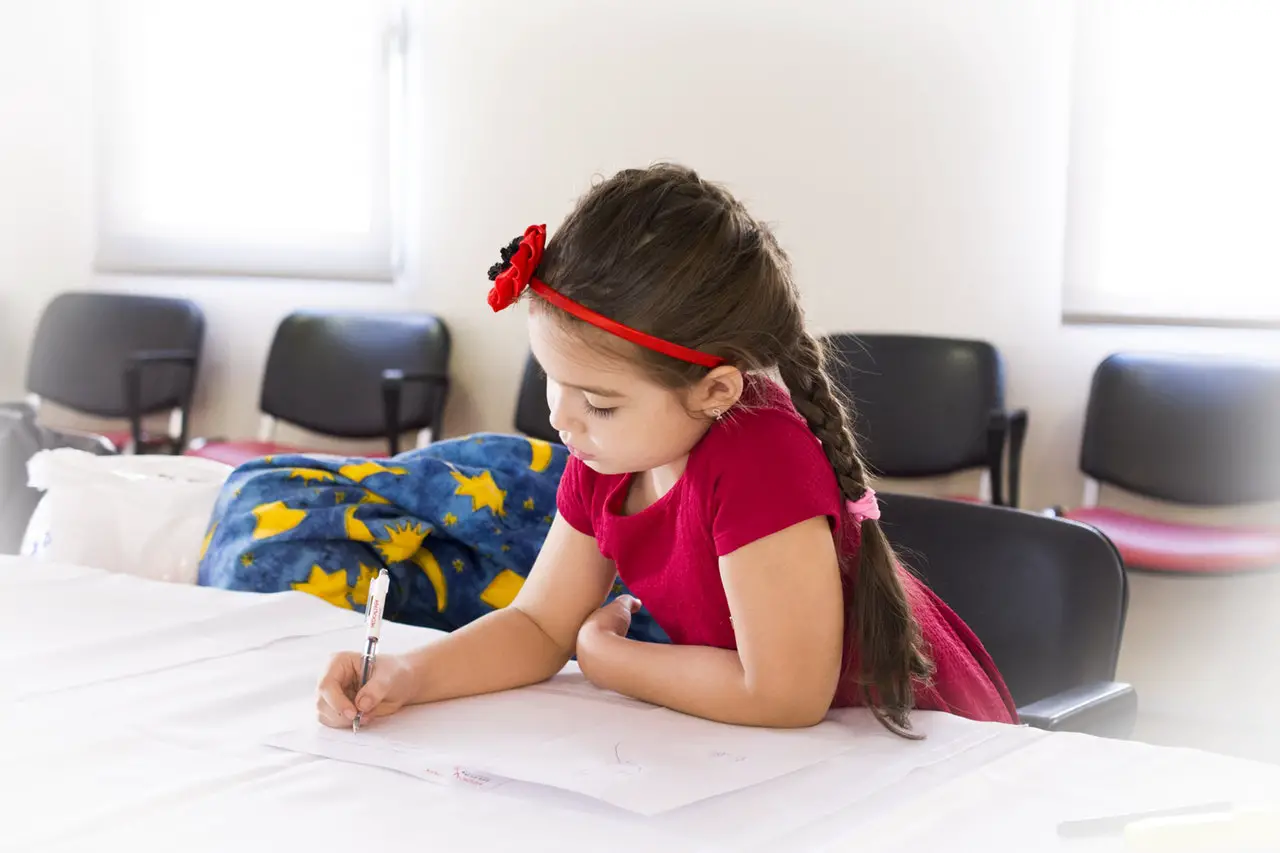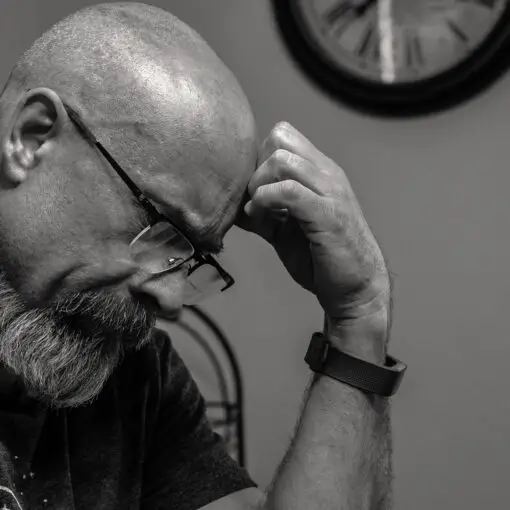Teaching your children to dig deeper and solve problems with a higher level of thinking can be tough. But as a parent, it’s your responsibility to teach them one of the most crucial skills in life: critical thinking.
Don’t worry, though. There are some fun and engaging activities that can help you teach critical thinking at home. But first, take the time to think about what critical thinking means, how it applies to your everyday life, and why should your children learn this skill.
Importance of Critical Thinking
Critical thinking is a person’s ability to make reasoned judgment—well-thought-of conclusions and solutions that are based on analysis of information.
Critical thinking allows children to raise vital questions and problems, gather and assess relevant information, thinks open-mindedly, and communicate effectively to come up with logical conclusions and solutions.
It’s important for children to learn critical thinking so they can reason better, understand consequences, and solve problems. Thus, it is a crucial life skill your child must develop at an early age. But how?
Critical Thinking Activities for Kids
Now that you know the importance of critical thinking, it’s time to teach your kids this valuable life skill. Below are some ways to develop critical thinking skills you can do at home.
1. Question of the Day
Critical thinking involves analysis, which lets your children understand problems on a deeper level. ‘Question of the Day’ is one fun way to get the gears working and enhance your kids’ level of thinking.
How it works: Write a question on the board. It should be a critical-thinking question that can elicit reasons from your children. Here’s one good example: “In this drawing, why is the boy crying?”
Give them a specified amount of time to think about the answers.
Ask them to write their answers on a piece of paper. Once done, they may put them in the response box.
Draw answers from the box and read them aloud. Discuss the answer among your children.
You can also apply the ‘five times strategy’ for this activity. Ask ‘why questions’ five times or until the problem is solved. After they answer the question of the day, ask a follow-up question based on their response. For example, “Why did the boy got scolded?” “Why did he break the vase?” etc.
This activity encourages thorough analysis of situations based on information present to your kids’ surroundings.
2. Make Your Menu
A creative mind can spot patterns across all available information, making it possible to come up with logical solutions. One good way to do this is through the ‘Make Your Menu’ activity.
How it works: Show your kids ingredients of various kinds of food. This may include fruits, vegetables, bread, and fast food.
Ask them to come up with their own menu from the said ingredients. Let them name five meals so they will think deeply about the food they eat every day.
Once the menu is done, sit together and create the meals your children came up with.
This activity develops creativity among children by allowing them to mix and match ingredients together.
3. Fact or Opinion
Critical thinking also makes use of open-mindedness to come up with reasoned judgment. Your kids should be able to put aside assumptions and focus on analyzing information and facts. ‘Fact or Opinion’ is an effective way to develop an open-minded perception among kids.
How it works: Present various statements to your kids. This should include facts and opinions like the following:
- Smoking is bad for health.
- Dogs make better pets than cats.
- My toy is the best toy in the world.
- You are shorter than me.
Ask them to tell a fact from opinion.
Ask them to explain why a certain statement is a fact, and why another is an opinion.
This activity fosters open-mindedness as it lets your children differentiate facts from mere opinions.
4. Take a Side
Communication is another vital critical thinking skill that your children must develop. Sharing ideas with a group of critical thinkers allows you to figure out solutions to complex problems, that is why communication is crucial. Your children can develop this skill with the ‘Take a Side’ activity.
How it works: Read a statement that has two opposing views.
Ask children who agree to stand on one side of the room. Ask the others who disagree take the other side of the room.
Let them discuss why they agree or disagree on the topic. Allow kids to switch sides if they change their mind during the debate.
This activity enhances communication as it allows your children to speak out and exchange reasons with one another.
5. Build a Geometric House
The final critical thinking skill you should teach your children is problem-solving. It involves evaluating a problem, coming up and executing a solution, and assessing the success of a plan. When it comes to problem-solving, the ‘Build a Geometric House’ activity comes in handy.
How it works: Ask your children to gather sticks outside. Make them tie the sticks into triangles with a yarn.
With these stick triangles, instruct them to design a house. They can make it 2D or 3D depending on their age.
The only rule is that your kids should completely build a geometric house out of triangles.
This activity teaches problem-solving skills as your kids have to figure out where they should put the triangles to build a house.
The Bottom Line
People need to develop critical thinking skills at an early age for them to grow up capable of making reasoned judgments. With reasoned judgments, they’ll be able to make informed decisions, which they need to survive—and more importantly, make the world a better place.
It is your duty as a parent to teach this vital skill to your children. The abovementioned activities are only a few of the many ways you can help develop critical thinking at home.
Start from these activities and raise a critical thinker that can make the significant changes this world needs.





